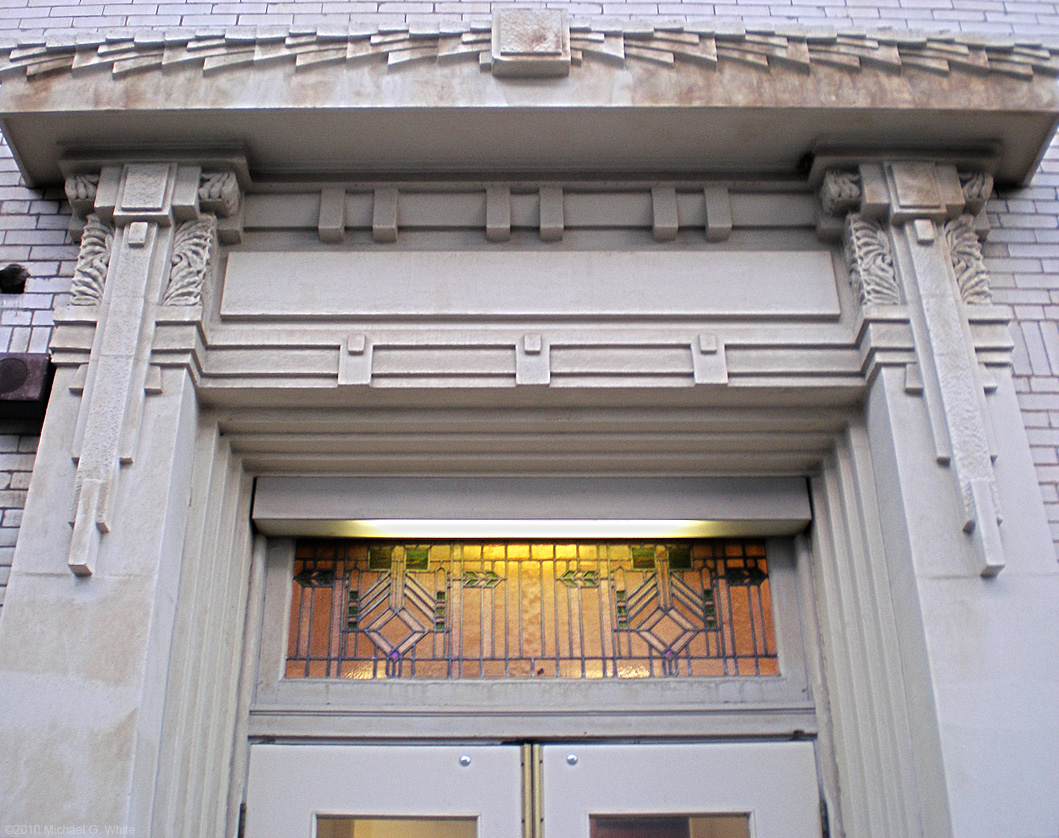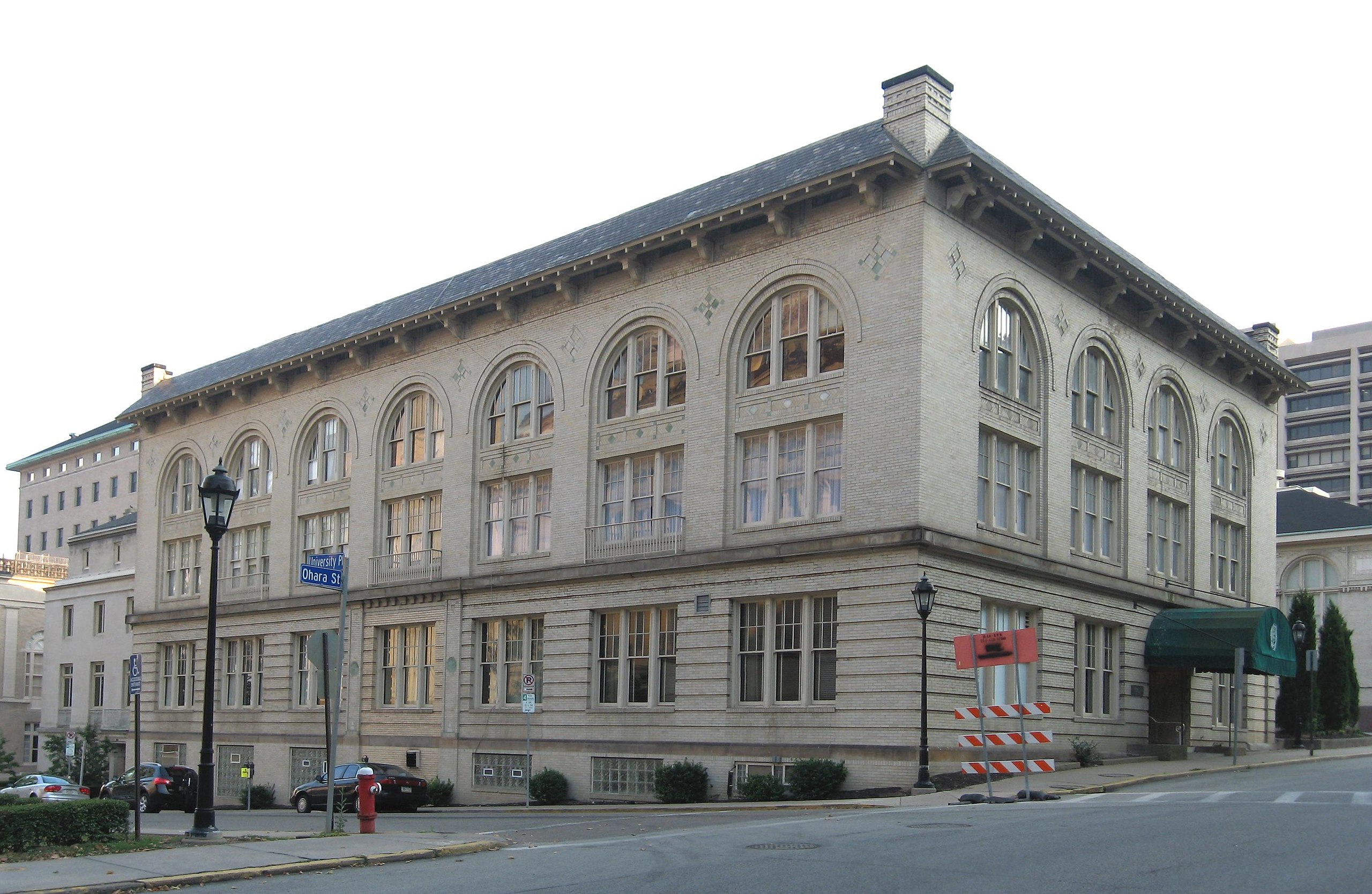
It's actually the only modern building of any real architectural note on Pitt's campus, which isn't saying a lot.
But it isn't as important as the
Gardner Steel Conference Center (former Central Turnverein) and
O'Hara St Student Center (former Concordia Club) which are US Historic District contributing properties and on the chopping block. The former is also a PHLF landmark. Their loss will destroy the historic feel of the O'Hara Street corridor.
No doubt, Pitt needs more space and these low buildings are an inefficient use of those plots, but no other university would even consider removing those two buildings without at least preserving the facade of the former and maintaining the latter largely in its current state or incorporating it largely intact into a new facility, as has been done at nearly any other university I've visited with similar historic buildings. Heck, Pitt just undertook a historic renovation of the Concordia Club not even a decade ago. What Pitt is proposing is to take the south side of O'Hara and replace everything remotely architecturally interesting and special on that part of campus with what is essentially a giant office building with no deference to historic composition or campus environment. Not that I'd argue Pitt shouldn't build there, but at present it is an aesthetically and historically horrific plan to just demo those buildings without preservation and/or incorporation into the new facilities. Someone relatively plugged into the administration told me, and I'm not joking, the facilities was being led by someone with a Nitter background and no real depth of Pitt connection, and I have no idea if that is true or not, but it wouldn't surprise me considering the complete lack of forethought about those buildings and how the fit into the overall Pitt campus.
https://www.utimes.pitt.edu/archives/?p=41485
The architectural details of the historic Gardner Steel Center are unique, and noteworthy for their period, and should be preserved as part of the facade of any new complex.
Now look at the O'Hara St Center, particularly the interiors with its dark oak paneling and ball room. Pitt did a fabulous job restoring, preserving, and re-purposing this building just ten years ago. It would be one of the nicer buildings on many other university campuses. It is just insane to rip this down, not to mention an affront to local Jewish heritage.
Why they wouldn't at least incorporate this into a new facility, like many other universities do with their older buildings, can only be speculated.








